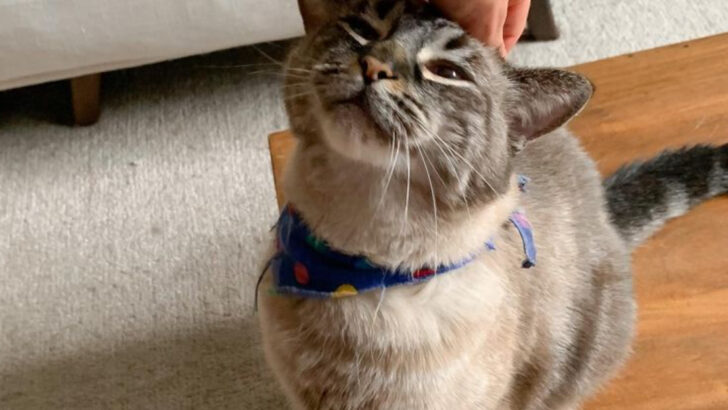Most cats aren’t born aggressive—they’re shaped that way by the world around them. And often, the biggest triggers are the people they live with. You might think you’re doing everything right, but small, everyday mistakes can build up and create tension, fear, or frustration in even the sweetest feline.
From ignoring their boundaries to overstimulating them with affection, well-meaning cat parents can unknowingly push their pets over the edge. The result? Scratches, hissing, or a complete personality shift.
Understanding the causes behind this change isn’t just helpful—it’s essential for keeping your bond strong and your cat emotionally safe. Because when it comes to aggression, prevention is far easier (and kinder) than repair.
Ignoring Signs of Stress
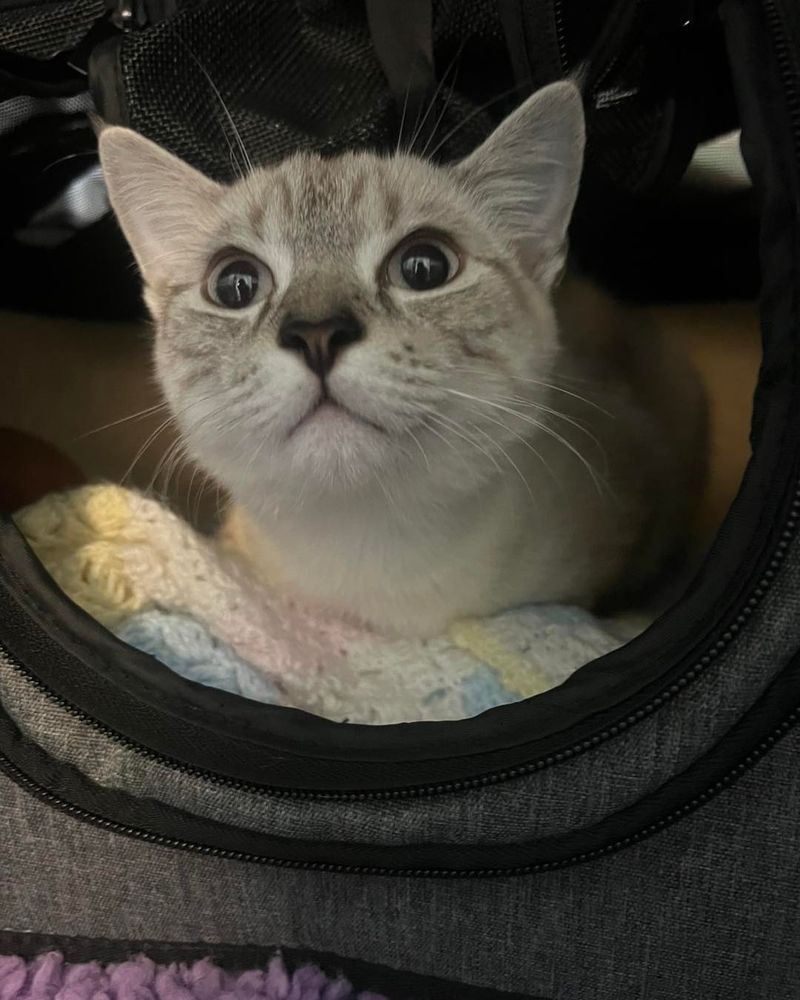
Cats may not vocalize stress, but their behavior speaks volumes. Ignoring signs like dilated pupils, flattened ears, or hiding can lead to aggression. Stress can come from changes in the environment or routine disruptions.
Consider how a new pet or a significant move might create unease. Failing to address these stressors can exacerbate anxiety, leading to aggressive displays.
Providing safe spaces and maintaining a stable routine helps alleviate their stress. Understanding these non-verbal cues is vital for a peaceful coexistence.
Overstimulating During Play
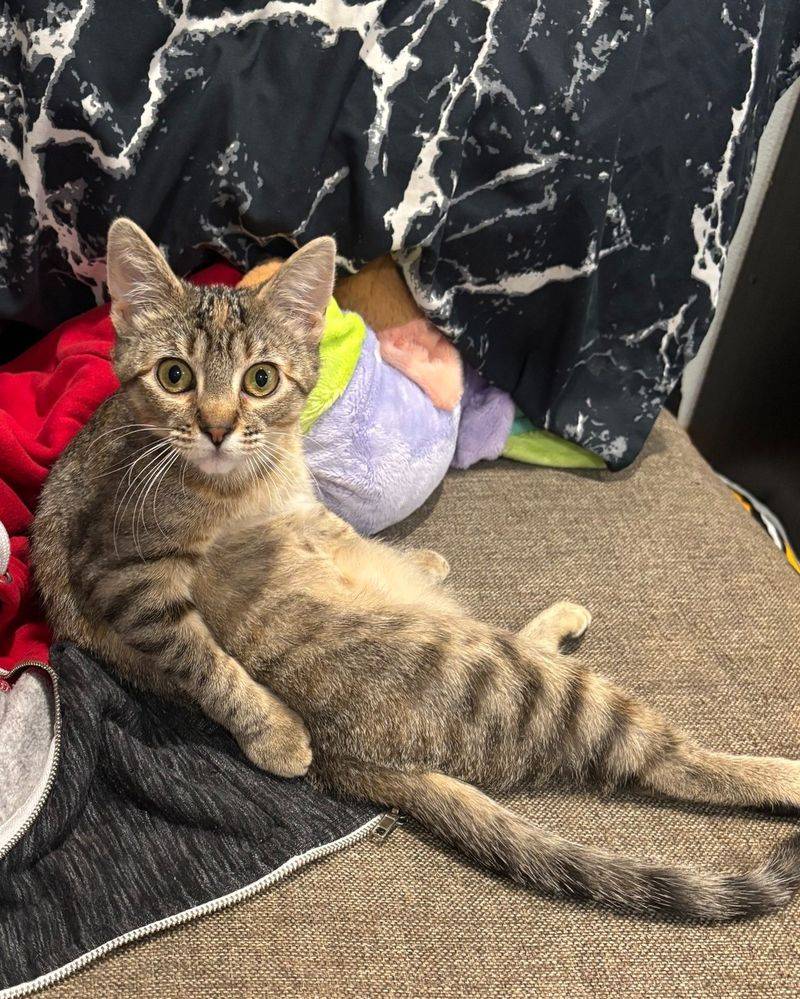
Playtime is essential, but too much can overwhelm a cat. Overstimulation often occurs when a cat’s play turns rough, with sudden bites or scratches.
The frenzied energy from chasing toys or a laser pointer can push them beyond their comfort zone, triggering aggression. Recognizing when your cat has had enough is key.
Establishing boundaries during play prevents these outbursts. Offering interactive toys that promote natural hunting behavior can help control the intensity of play.
Ignoring Litter Box Hygiene
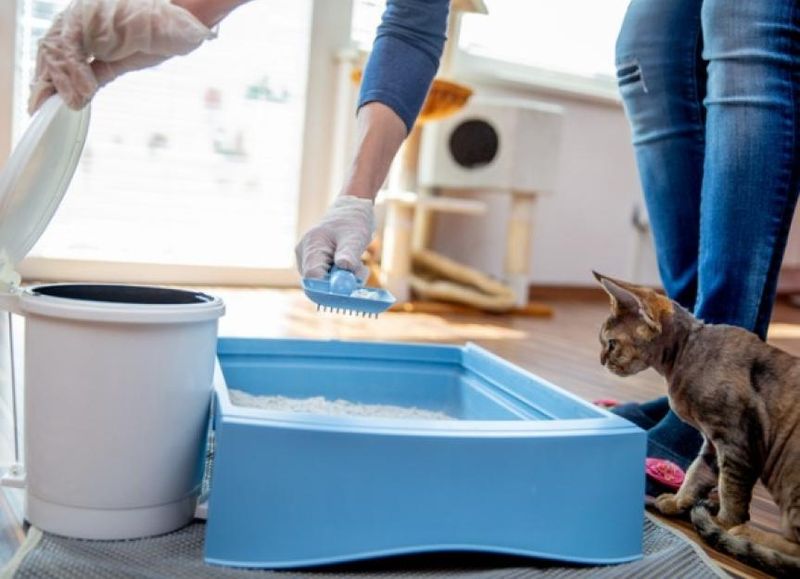
Litter box neglect is a common mistake that can irritate cats. A dirty box is more than just unpleasant; it’s a major stressor. Imagine the discomfort of stepping into a filthy restroom.
Cats cherish cleanliness, and an ignored litter box can lead them to act out aggressively. Regular cleaning and proper placement are crucial. Keep boxes away from noisy appliances and ensure they’re easily accessible.
Maintaining hygiene not only prevents aggression but also supports your cat’s overall well-being.
Punishing Aggressive Behavior

Punishment may seem like a solution, but it often backfires. Reacting harshly to aggression can heighten a cat’s stress and fear, reinforcing the behavior.
Instead of punishment, focus on understanding triggers. Identify what provokes aggression, like a specific situation or object, and work to mitigate it.
Positive reinforcement, such as rewarding calm behavior, can redirect their energy. Building trust through patience and understanding is essential in reducing aggression.
Lack of Socialization
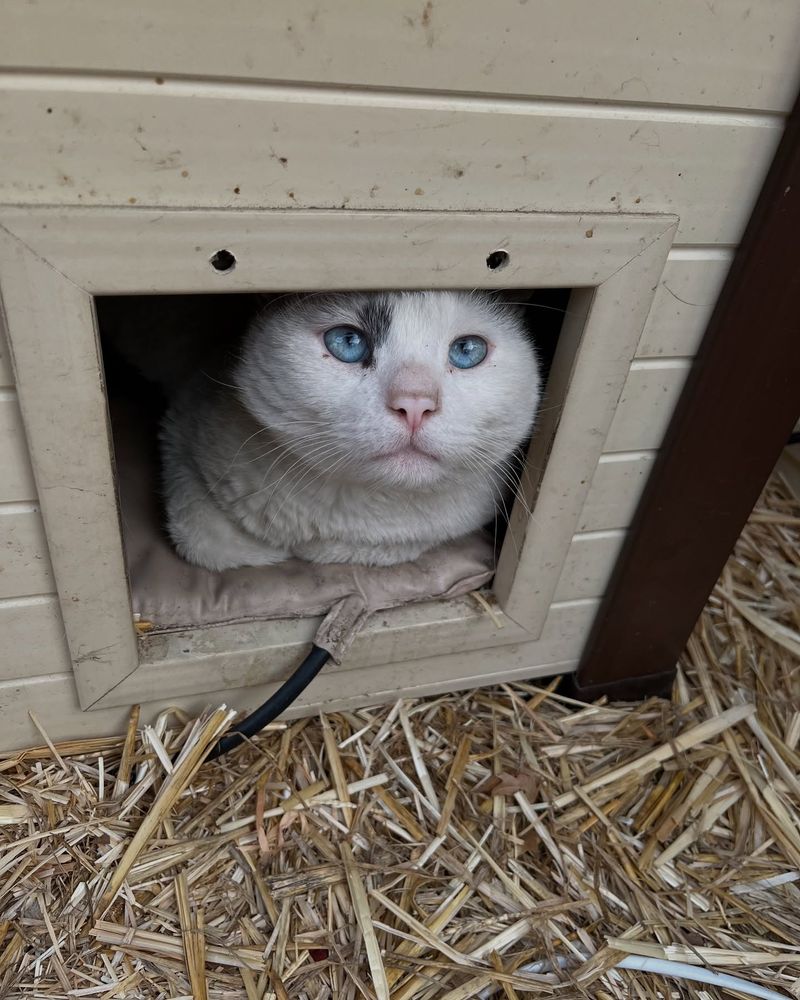
Socialization is crucial in a cat’s early life. Cats not exposed to various environments, people, and other animals can develop fear-based aggression.
Imagine growing up isolated without learning to interact. This lack of exposure can result in a fearful disposition, leading to aggressive responses.
Gradually introducing new experiences at a young age fosters confidence and reduces fear. Even with older cats, patience and gentle exposure can work wonders in overcoming aggression linked to socialization deficits.
Not Providing Enough Stimulation
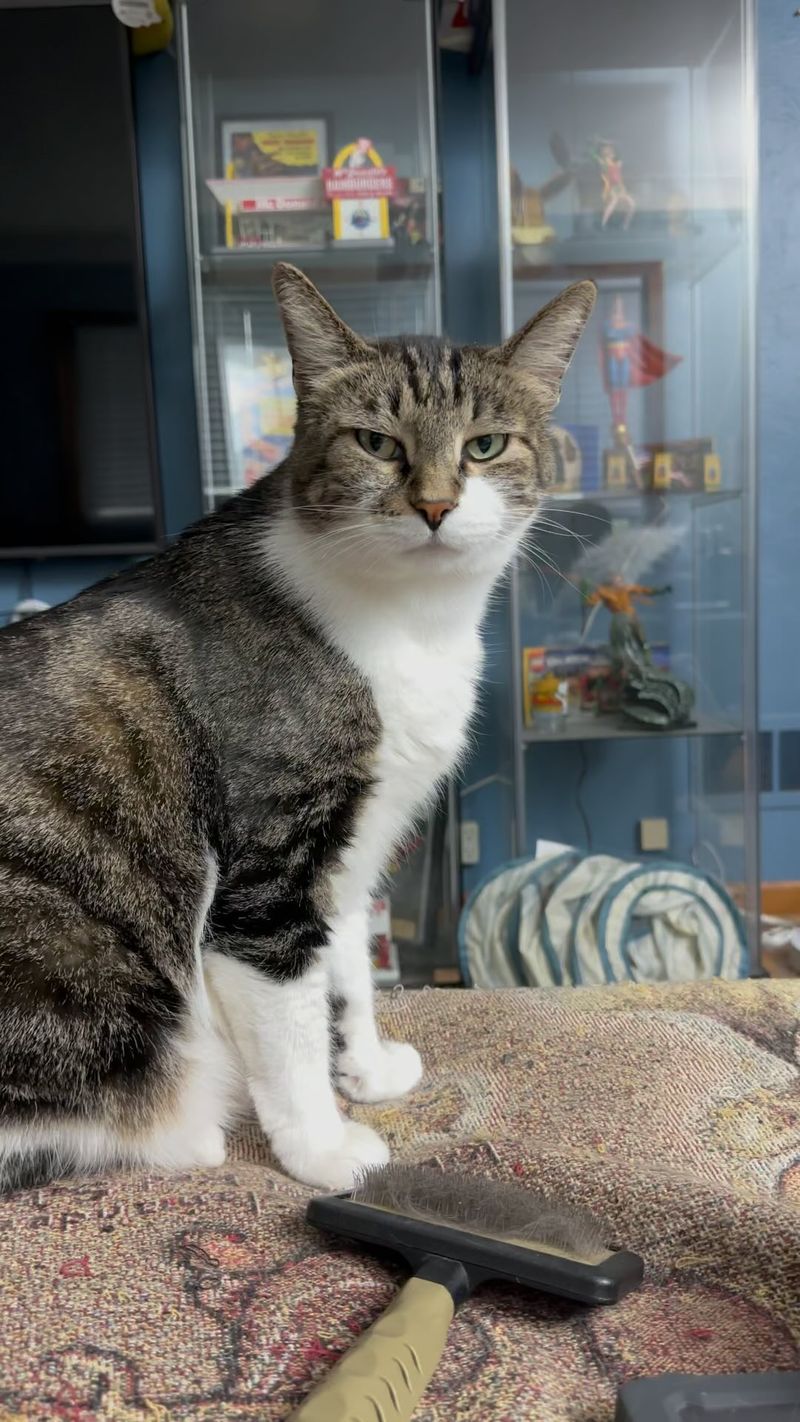
Cats need mental and physical stimulation to thrive. A lack of engaging activities can lead to boredom, which is a common cause of aggression.
Imagine being confined without entertainment or purpose. Cats may express frustration through biting or scratching.
Offering a variety of toys, puzzles, and interaction prevents these behaviors. Ensuring they have opportunities for play, hunting simulations, and exploring keeps their minds and bodies active, reducing aggressive tendencies.
Neglecting Health Issues
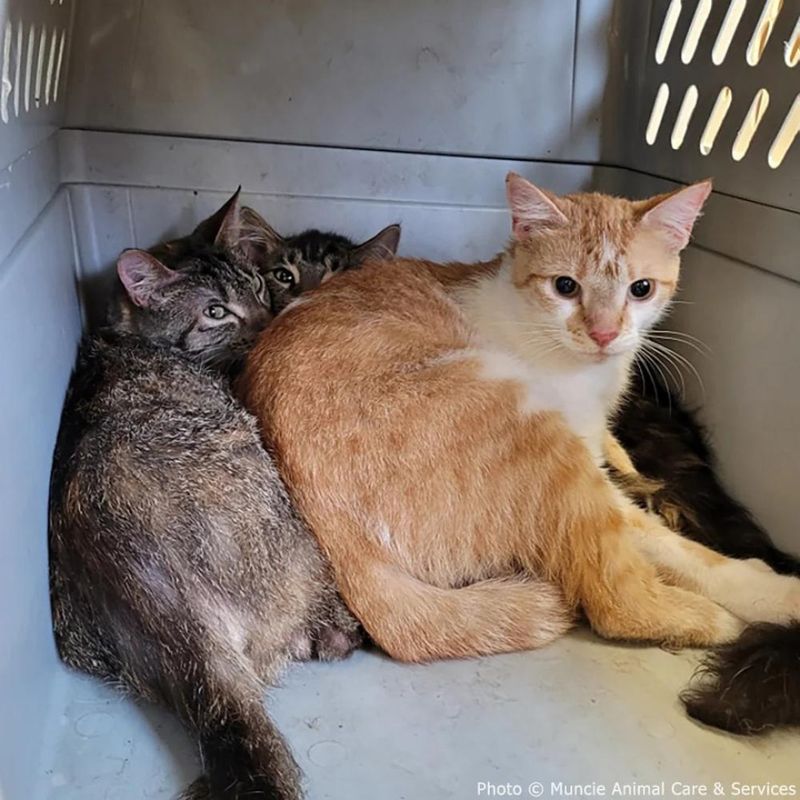
Health problems are often overlooked causes of aggression in cats. Pain and discomfort can significantly alter their behavior, making them more prone to aggression.
Imagine suffering silently without anyone noticing. This neglect can manifest as sudden aggression in otherwise gentle cats.
Regular veterinary check-ups are essential. Addressing health issues promptly can alleviate pain and reduce aggression. Understanding that aggression might be a cry for help is crucial in maintaining your cat’s health and happiness.
Inconsistent Routine and Environment
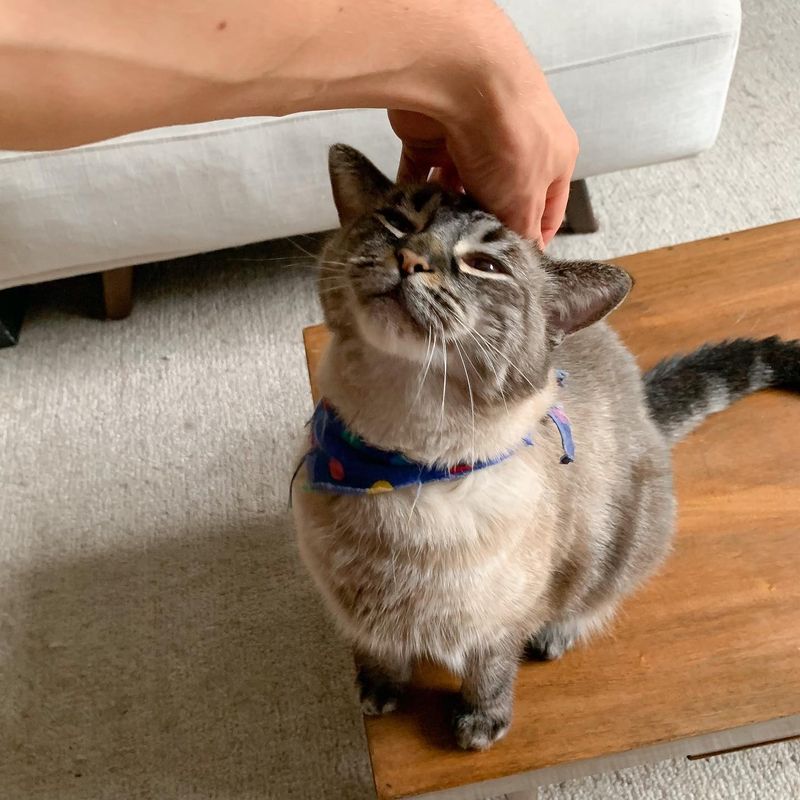
Cats thrive on consistency, and disruptions can lead to anxiety and aggression. An inconsistent routine or chaotic environment, like frequent moves or changes in household dynamics, can unsettle them.
Imagine the stress of constant unpredictability. Cats may react aggressively to regain a sense of control.
Establishing a stable routine and providing a predictable environment helps comfort them. Keeping feeding times, play sessions, and sleeping areas consistent supports their need for stability, reducing aggression.
Allowing Aggressive Play
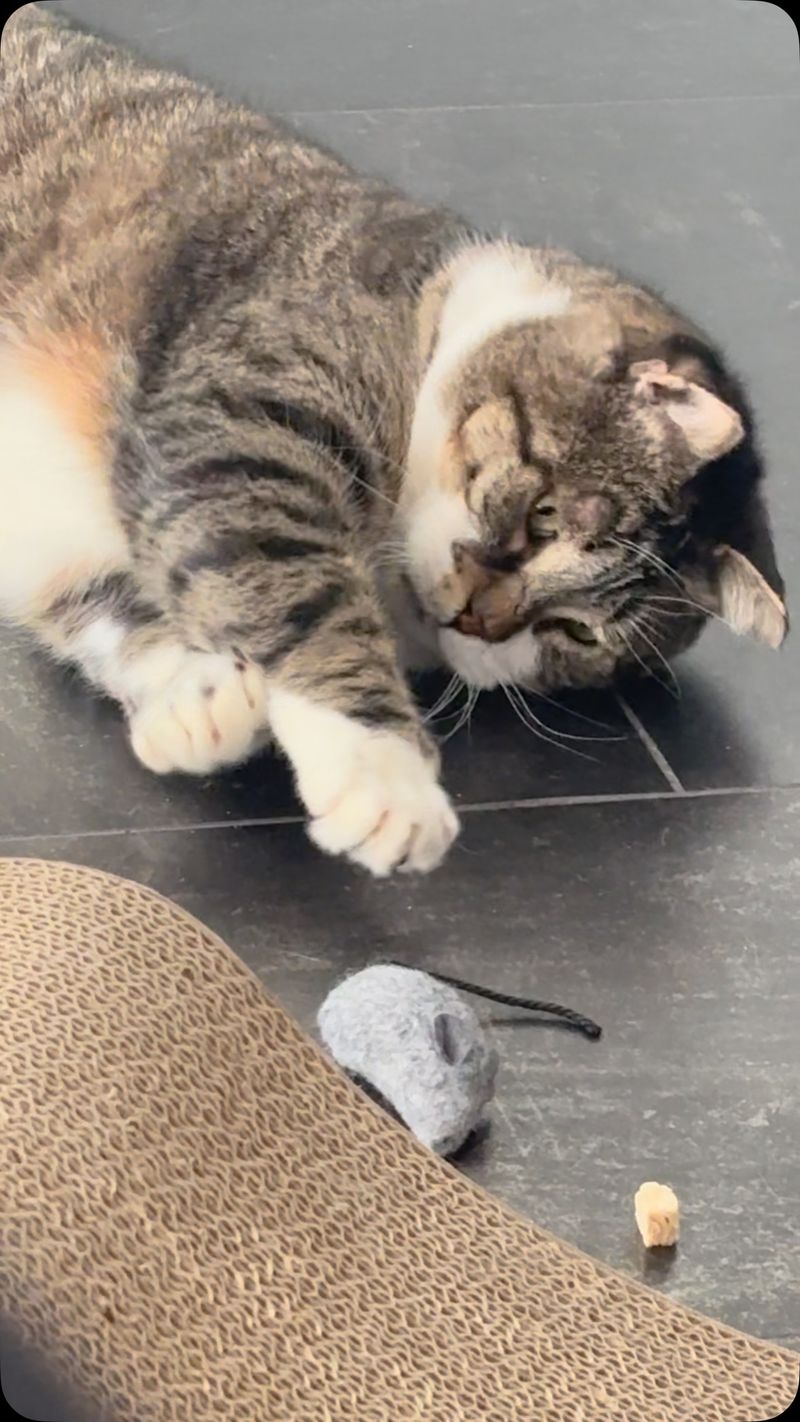
Aggressive play might seem harmless, but it reinforces negative behavior. Encouraging rough play can make cats associate aggression with fun, leading to increased biting and scratching.
Imagine learning that aggression is acceptable. It becomes a learned response that’s hard to break.
Redirect play with toys that don’t involve direct contact, promoting positive interactions. Understanding that play should be gentle and controlled helps in preventing aggressive tendencies from developing further.
Ignoring Body Language

Cats communicate volumes through body language, yet owners often ignore these cues. Misinterpreting or disregarding signs like a twitching tail or arched back can lead to conflict.
Imagine speaking a language no one understands. This frustration can manifest as aggression when boundaries are not respected.
Learning to read and respect these signals helps in avoiding unnecessary confrontations. Recognizing when a cat needs space prevents escalation into aggression, fostering a more harmonious relationship.
Forcing Interactions

Forcing interactions can be detrimental to a cat’s sense of safety. Cats value their autonomy, and being compelled into uncomfortable situations can lead to defensive aggression.
Imagine being pushed into interactions when you need solitude. This pressure can make cats feel trapped and more likely to lash out.
Respecting their need for space and allowing them to approach on their own terms builds trust. Recognizing that patience is key aids in reducing aggression linked to unwanted interactions.
Lack of Safe Spaces
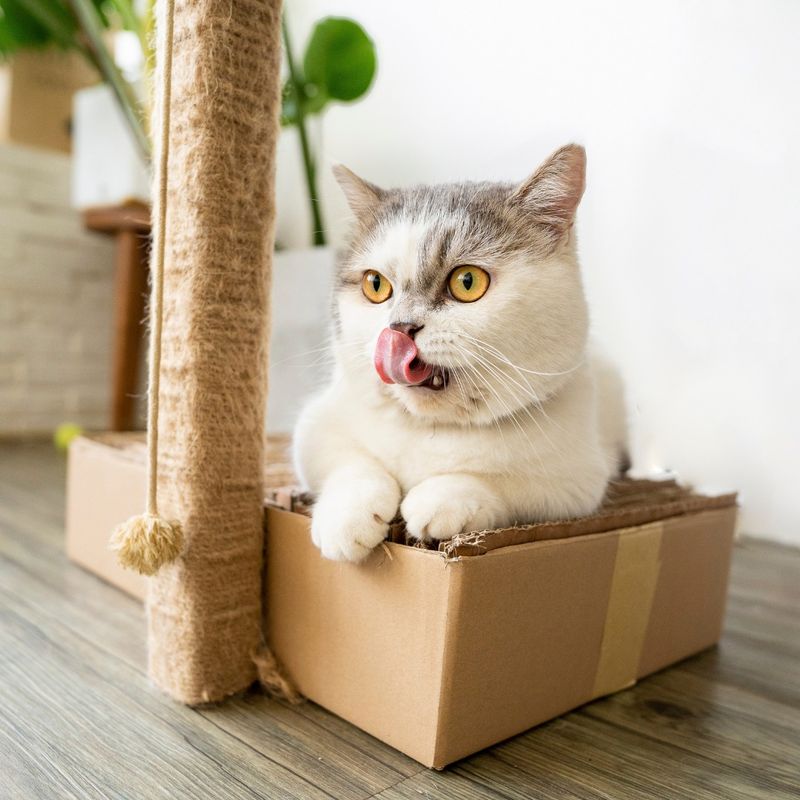
Cats need safe spaces to retreat and unwind. A lack of such spaces can leave them feeling vulnerable, leading to stress-induced aggression.
Imagine having nowhere to escape in a chaotic environment. This exposure can exacerbate anxiety and fearfulness.
Creating quiet, accessible areas for them to retreat helps reduce stress. Providing cozy nooks or elevated perches allows cats to observe without being disturbed, fostering a sense of security and reducing aggressive tendencies.
Ignoring Age-Related Needs
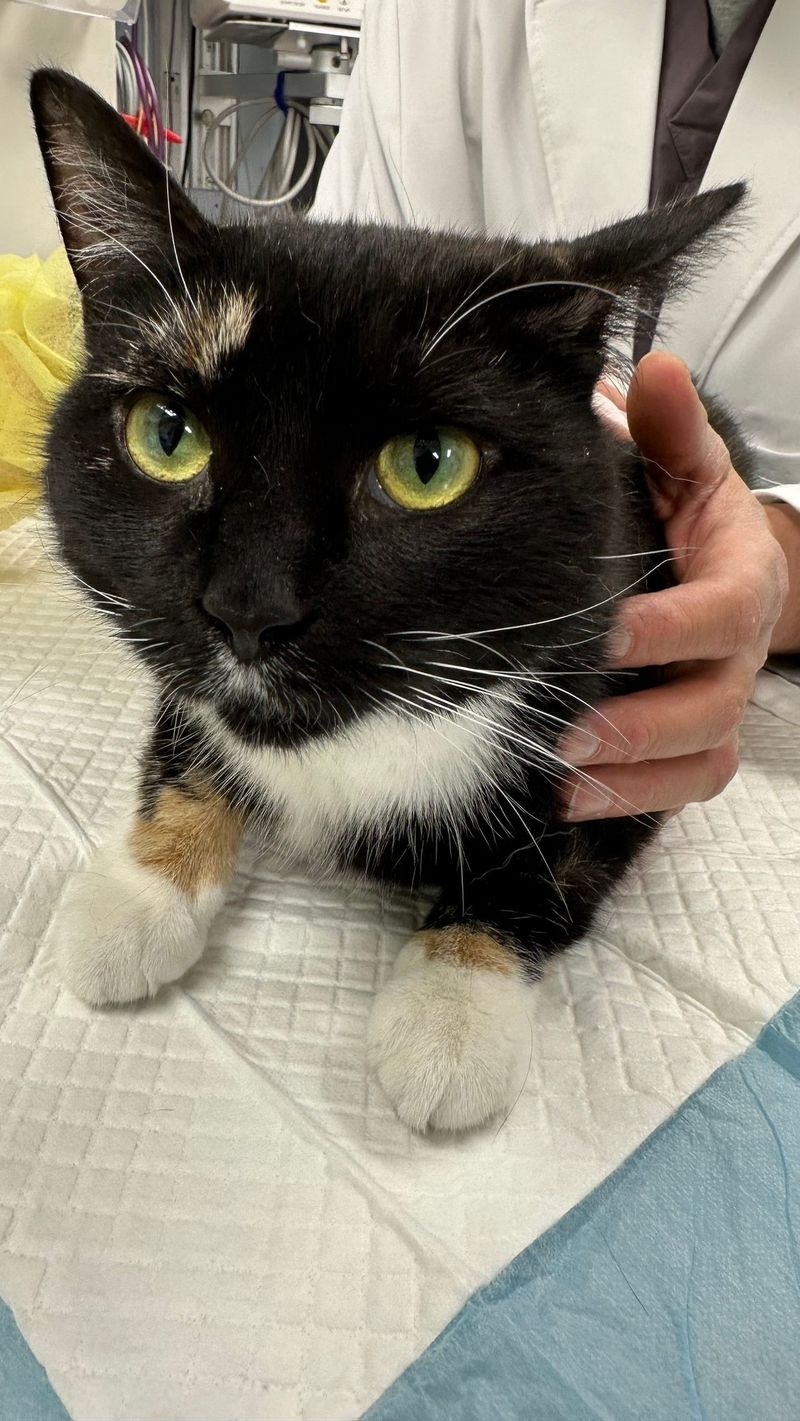
As cats age, their needs change, and ignoring these can lead to aggression. Older cats may suffer from aches, reduced mobility, or cognitive decline, impacting their behavior.
Consider the frustration of unmet needs as they struggle with daily activities. This neglect can manifest as aggression in seeking attention or relief.
Adjusting care routines to accommodate aging cats, like providing easy access to necessities and regular vet visits, ensures their comfort and reduces aggression. Acknowledging their changing needs is vital for a harmonious relationship.
Ignoring Territorial Needs

Territorial needs are crucial for cats. In multi-pet households, failing to respect these boundaries can lead to aggressive behavior.
Imagine the stress of sharing space without personal territory. Cats may become aggressive to assert dominance or security.
Providing enough resources like litter boxes, food bowls, and private areas helps in mitigating territorial disputes. Recognizing and respecting each cat’s space ensures they feel secure and less inclined to display aggression.

